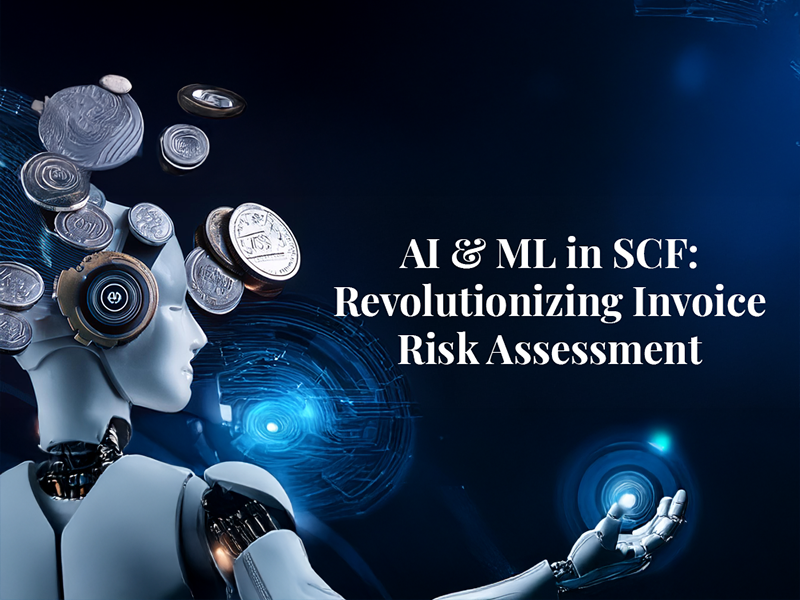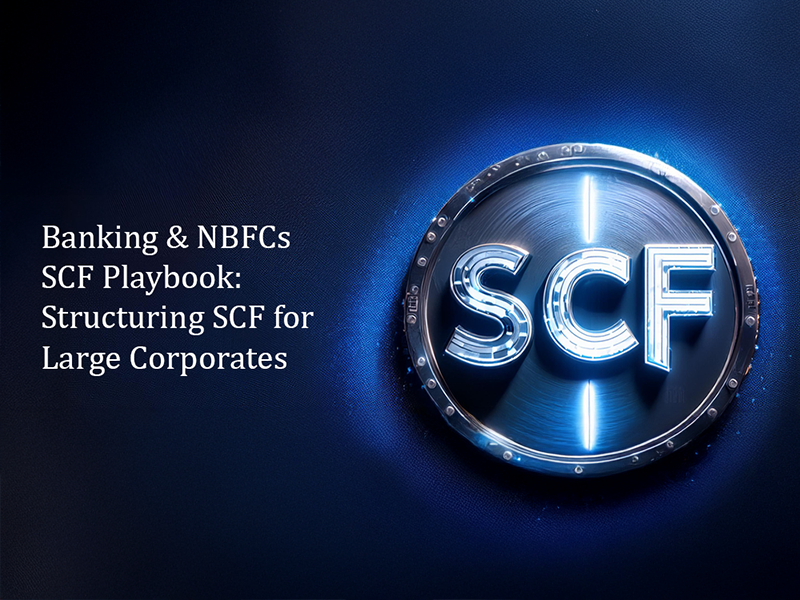The Importance of Real-Time Data Monitoring to Effectively Manage SCF and Receivables Finance Risk
If you’re managing a Supply Chain Finance (SCF) or Receivables Finance operation, your biggest enemy isn’t market downturns, interest rates, or even regulators breathing down your neck. Nope.
Your biggest enemy? The time gap between reality and your awareness of it.
A receivable that looked golden yesterday might be radioactive today. A buyer that seemed stable last week could be one late payment away from disaster. And if you only realize this after the fact, congratulations—you’ve just funded a financial black hole.
The fix? Real-time data monitoring. Because in SCF, delayed insights mean lost money.
If you’re still relying on quarterly financial statements, manual reports, or gut feelings to assess risk, you might as well be reading tea leaves.
Here’s why:
🚨 Payment Delays Sneak Up on You
- Businesses don’t wake up one day and decide, “Let’s default.”
- They slow down payments first, stretching terms from 30 days to 60, then 90.
- If you don’t spot this trend early, you’re left holding an invoice that won’t get paid.
📉 Buyer Credit Quality Can Erode—Silently
- A buyer might have great credit today, but sudden changes (new debt, leadership shakeups, lawsuits) can turn them into a ticking time bomb.
- If your monitoring only picks up historic data, you’re reacting after the damage is done.
🔄 Fraud Loves Blind Spots
- Fake invoices, duplicate financing, and collusion scams thrive when there’s a lack of real-time tracking.
- If you’re funding the same invoice that’s also been financed by another lender, you’re in trouble.
Real-time data monitoring is like installing security cameras in your financial ecosystem—you catch threats before they turn into full-blown disasters.
Imagine this: A borrower submits an invoice. Instead of taking their word for it, your system instantly:
✅ Verifies that the invoice hasn’t been financed elsewhere
✅ Flags any significant changes in the buyer’s financial health
✅ Analyzes industry-wide trends for red flags
All before you release funds. Now that’s smart finance.
How to Do It Right:
🛰️ Live Bank Account Monitoring
- Direct API integrations with borrowers’ bank accounts show real-time cash flow.
- If they’re struggling to pay others, you know it before they miss a payment to you.
📊 AI-Powered Payment Behavior Analysis
- AI can track payment patterns and predict who’s likely to default before it happens.
- Example: If a buyer is paying everyone late except for one supplier, that’s a red flag (they might be favoring another financier).
🛑 Live Fraud Detection Systems
- Systems that cross-check invoices across multiple lenders prevent duplicate financing fraud.
- Blockchain-based invoice tracking ensures every financed invoice is unique and verified.
🚀 Pro Move: Use alternative data sources like supplier reviews, employee sentiment (Glassdoor ratings), and web scraping to detect hidden financial stress.
Without real-time monitoring, SCF and receivables finance become a casino where you’re blindly betting on whether an invoice will get paid.
💀 Case Study: The Greensill Mess (Again)
- Greensill Bank financed invoices that didn’t even exist (hello, SoftBank’s Vision Fund losses 👋).
- If real-time tracking had been in place, they could have caught these fake invoices before billions disappeared.
💸 Late Detection = Lost Money
- If you only realize a buyer is struggling to pay after multiple delays, it’s too late to adjust your pricing or cut exposure.
- Smart lenders preemptively reduce limits when red flags start showing up in real-time data.
🔄 Good Borrowers Get Punished Without It
- If you can’t differentiate between good and risky borrowers, you might end up charging everyone higher fees—pushing away reliable clients.
- Real-time monitoring lets you reward strong borrowers with lower rates while tightening terms for risky ones.
We’re heading towards a world where:
- AI predicts late payments before they happen
- Invoices are verified instantly via blockchain
- Lenders adjust exposure dynamically, based on live risk signals
If you’re still relying on quarterly reports and manual reviews, you’re already losing the race.
The message is simple: Real-time data monitoring isn’t optional—it’s survival.
So, are you watching your risk in real-time, or just hoping for the best?



